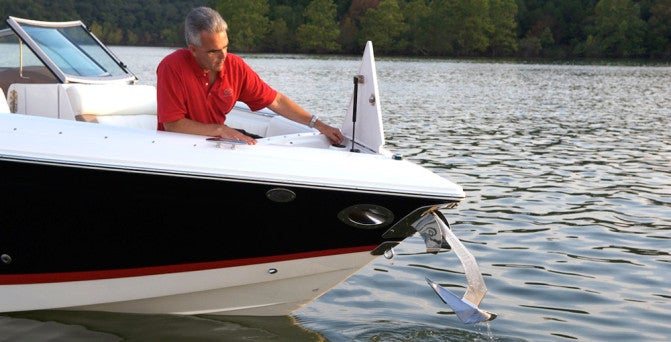
Effective anchoring is all about having the right equipment and the right technique.
Many boaters will secretly confess they hate setting the anchor. It seems like they either drag along the bottom and fail to catch, or worse yet, get so badly snagged that it becomes almost impossible to free.
But anchoring needn’t be a chore – setting the hook effectively is all a matter of having the right type of anchor, and using the right technique.
The Right Stuff – Equipment
Forget the old paint can loaded full of cement – proper anchoring requires a proper anchor set-up. Anchors come in a variety of styles, so read our companion feature on selecting the proper type of anchor for your boat.
The Right Stuff – Technique
Once you have the right gear, getting a good set comes down to technique. Don’t think of your anchoring spot as a pinpoint on the map, so much as a wider circle in which your boat will be able to move. The place where you drop anchor will be the center of that circle.
Carefully approach the location where you will place the anchor, drop it to the bottom, and then slowly back away down-wind or down current while paying out an appropriate amount of anchor line, or rode. You’ll want to let out an amount of line that’s at least five times the water depth – if your dropped the anchor in 8 feet of water, you’ll want to let out a good 40 feet of rode. This ratio is called the scope, and it ensures that the angle of pull on your anchor comes from as horizontal a plane as possible. As the wind or current pulls on your boat, the long scope ensures the pull on the anchor remains near horizontal, so the more it pulls, the more securely it sets. To hold your boat firmly in place, you want to keep your line as flat as possible.
Once you’ve paid out enough rode, you can tie off the anchor line on an appropriate cleat.
When it’s time to leave, slowly drive the boat back upwind or up current so it’s directly over the anchor, where a sharp vertical pull should easily dislodge it.
If you’re anchoring in snaggy waters, you might consider tying a second line to the base of the anchor, between the flukes. That way if you get stuck pulling on the main rope, you can always back your anchor out by tugging on the secondary line. Because it won’t be used for actually setting the anchor, you can tie this secondary line directly to the anchor without using a chain.
Leave Plenty of Space
When you anchor your boat, always pick a spot that allows enough space for the boat to move freely should the wind or current change direction. This is especially important if you anchor someplace for the night. Ideally, the boat should be able to swing 360 degrees around the anchor without hitting anything. That’s why you need to think of your anchoring location as a circle in which your boat will be able to move.
If that’s not possible, or if you just want to keep your boat pinned to a specific location (like over a good spot when fishing), then the trick is to use two anchors – one off the bow, and one off the stern – to hold your boat firmly in place. Set the first anchor off the bow as you would normally, but as you back away let out at least twice as much rode as you need. Drop your second anchor, then move the boat forward to a location that’s equidistant between the two of them. When you tie off the lines, you should be able to achieve a solid set with both anchors, holding the boat firmly in place.

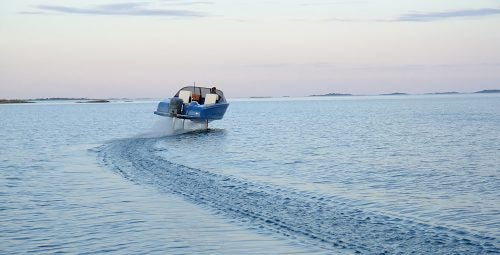



 Fort Lauderdale International Boat Show Preview
Fort Lauderdale International Boat Show Preview 10 Best New Boat Accessories at IBEX 2021
10 Best New Boat Accessories at IBEX 2021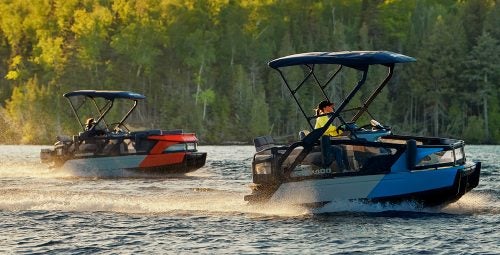 2022 Sea-Doo Switch Pontoon Boat Lineup Unveiled
2022 Sea-Doo Switch Pontoon Boat Lineup Unveiled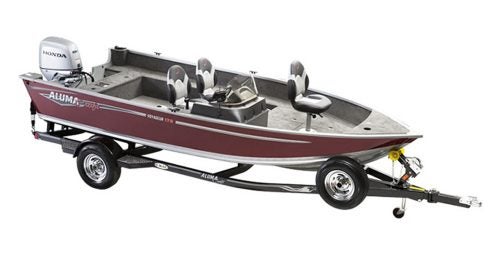 BRP Enters Fishing Boat Market with Purchase of Alumacraft Boat
BRP Enters Fishing Boat Market with Purchase of Alumacraft Boat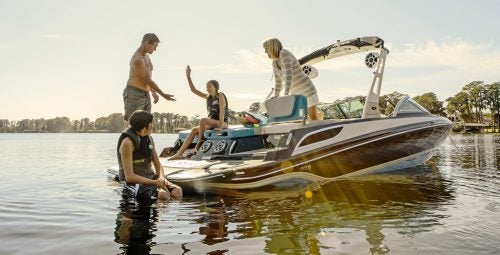 Volvo Commits To Electric Power By 2021
Volvo Commits To Electric Power By 2021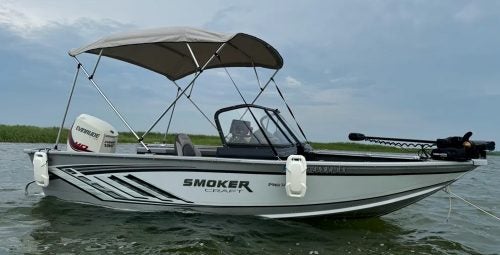 Kemimoto 4 Bow Bimini Top and Boat Bumper Review
Kemimoto 4 Bow Bimini Top and Boat Bumper Review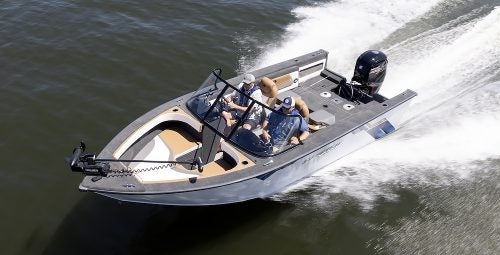 Starweld Victory 20 Review
Starweld Victory 20 Review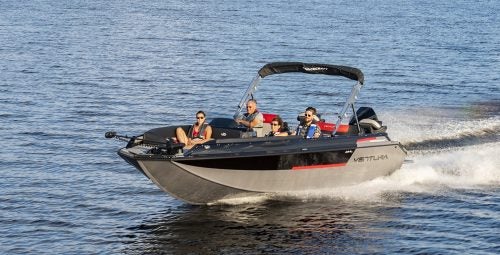 Princecraft Ventura 23 RL Review
Princecraft Ventura 23 RL Review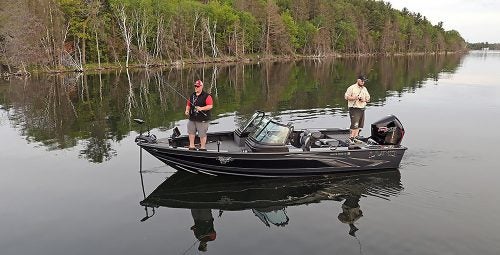 Lund 2075 Pro V Review
Lund 2075 Pro V Review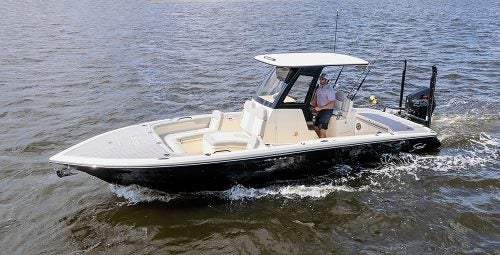 Scout 281 XSS Review
Scout 281 XSS Review Fuel Saving Tips For Boaters
Fuel Saving Tips For Boaters Best Boating Accessories
Best Boating Accessories Best Boating Apps
Best Boating Apps 5 Pontoon Boats That Are Made To Fish
5 Pontoon Boats That Are Made To Fish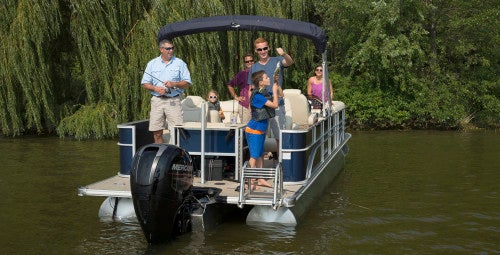 10 Great Small Pontoons
10 Great Small Pontoons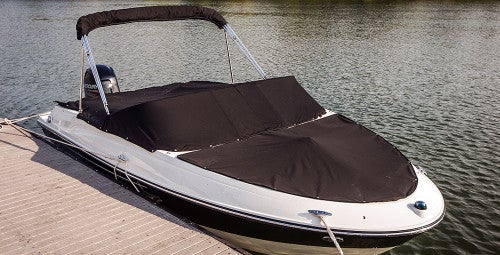 Your Boat Was Expensive—Do You Really Trust a $2 Rope From the Dollar Store to Secure It?
Your Boat Was Expensive—Do You Really Trust a $2 Rope From the Dollar Store to Secure It?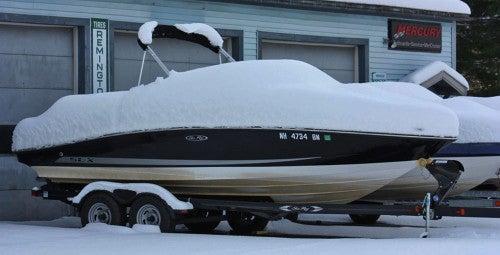 Do I Need Insurance Coverage Against Ice or Freezing Damage?
Do I Need Insurance Coverage Against Ice or Freezing Damage?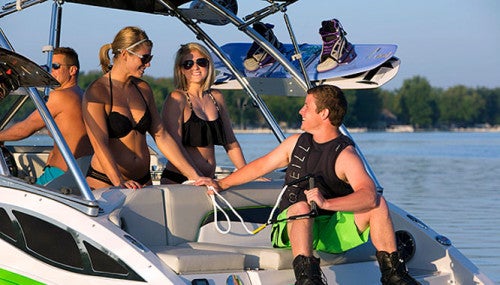 What Kind Of Insurance Coverage Do I Need?
What Kind Of Insurance Coverage Do I Need?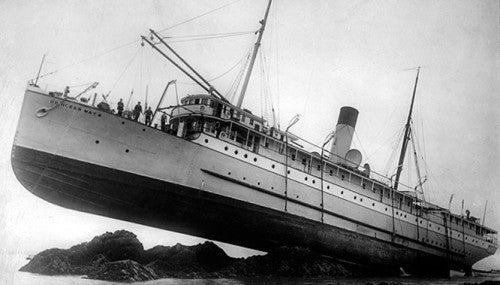 What About Salvage?
What About Salvage?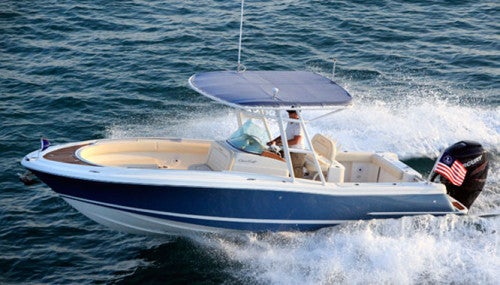 Boat Insurance or Yacht Insurance?
Boat Insurance or Yacht Insurance?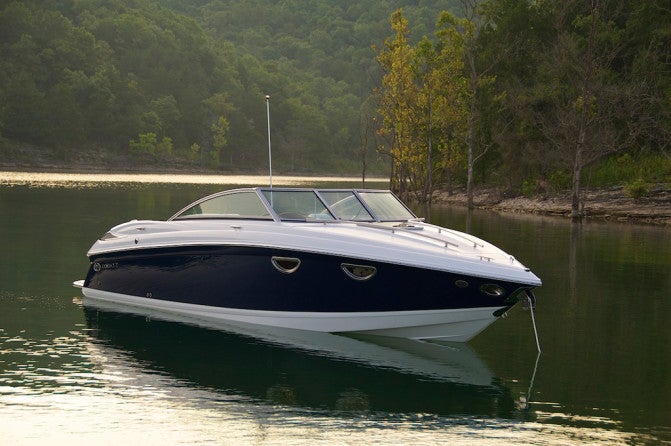
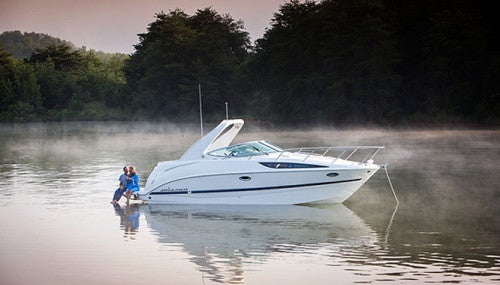
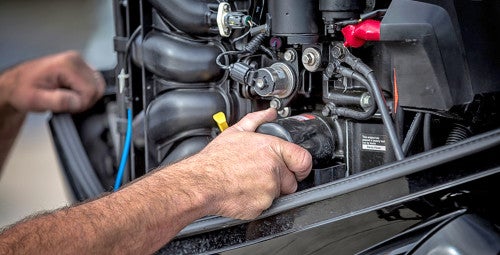

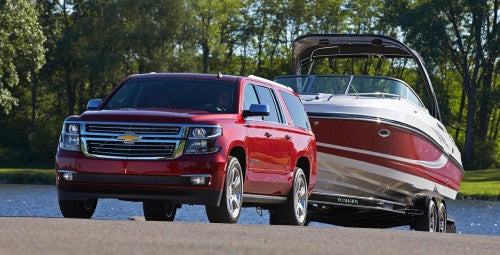
 The Best Bowriders For The Money
The Best Bowriders For The Money
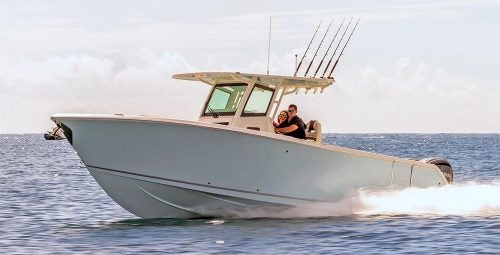 Sailfish 312CC Review
Sailfish 312CC Review
 The Wildest Concept Yachts
The Wildest Concept Yachts
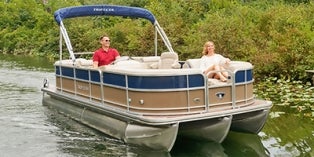 2016 Trifecta 200 Series 220FCR
2016 Trifecta 200 Series 220FCR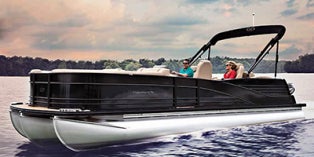 2016 Harris Grand Mariner SL 270 DL
2016 Harris Grand Mariner SL 270 DL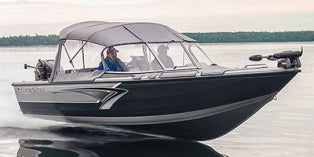 2016 Crestliner Authority 2050
2016 Crestliner Authority 2050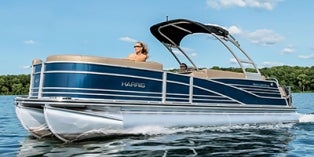 2016 Harris Grand Mariner SL 230 DLDH
2016 Harris Grand Mariner SL 230 DLDH
